Why settle for pads when you can switch to a more sustainable, comfortable, and cost-saving alternative? Here’s the magic of the menstrual cup
Pads can be uncomfortable. They’re not always secure, can cause irritation, and we’re constantly replacing them whenever we visit the bathroom. While the sanitary napkin is the most affordable and accessible option, it’s often not biodegradable as it’s composed of 90% plastic, ending up in landfills. A good, long-lasting alternative is a menstrual cup. Made of silicone, these are reusable cups are designed to catch your period blood. Depending on the brand and with the proper care, they could last up to ten years. Here’s what you need to know about the menstrual cup.
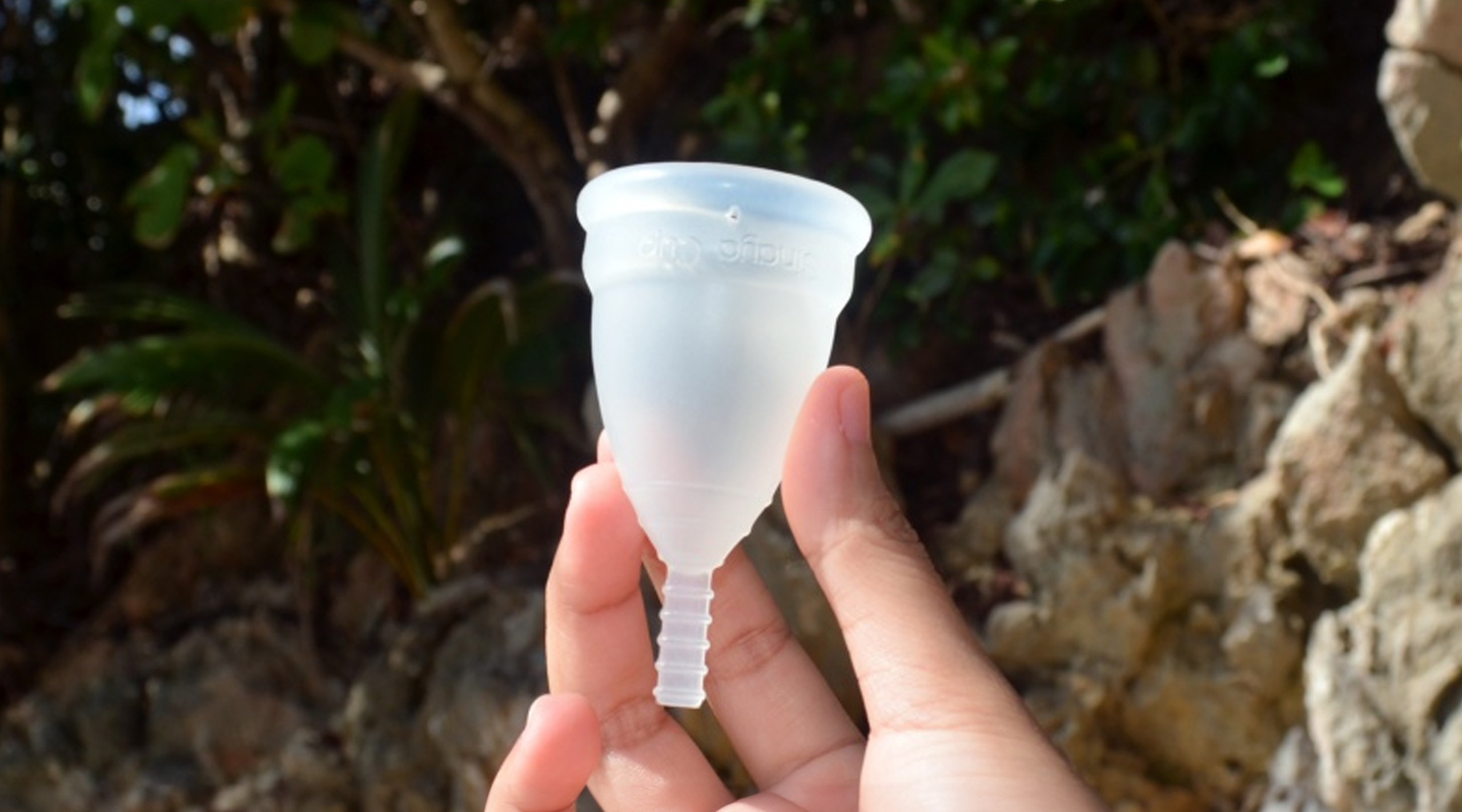
RELATED: MEGA Beauty Forecast: Major Upgrades Await in 2025
Debunking Myths
There are many misunderstandings surrounding both the menstrual cup and the menstruator’s reproductive system, like concerns about one’s vagina becoming too loose and losing the menstrual cup inside. Contrary to popular belief, the vaginal walls are made up of muscles that contract and expand. Once you insert the menstrual cup, the walls will make space for the cup and adapt to its shape. Once removed, the walls will compress against each other again.
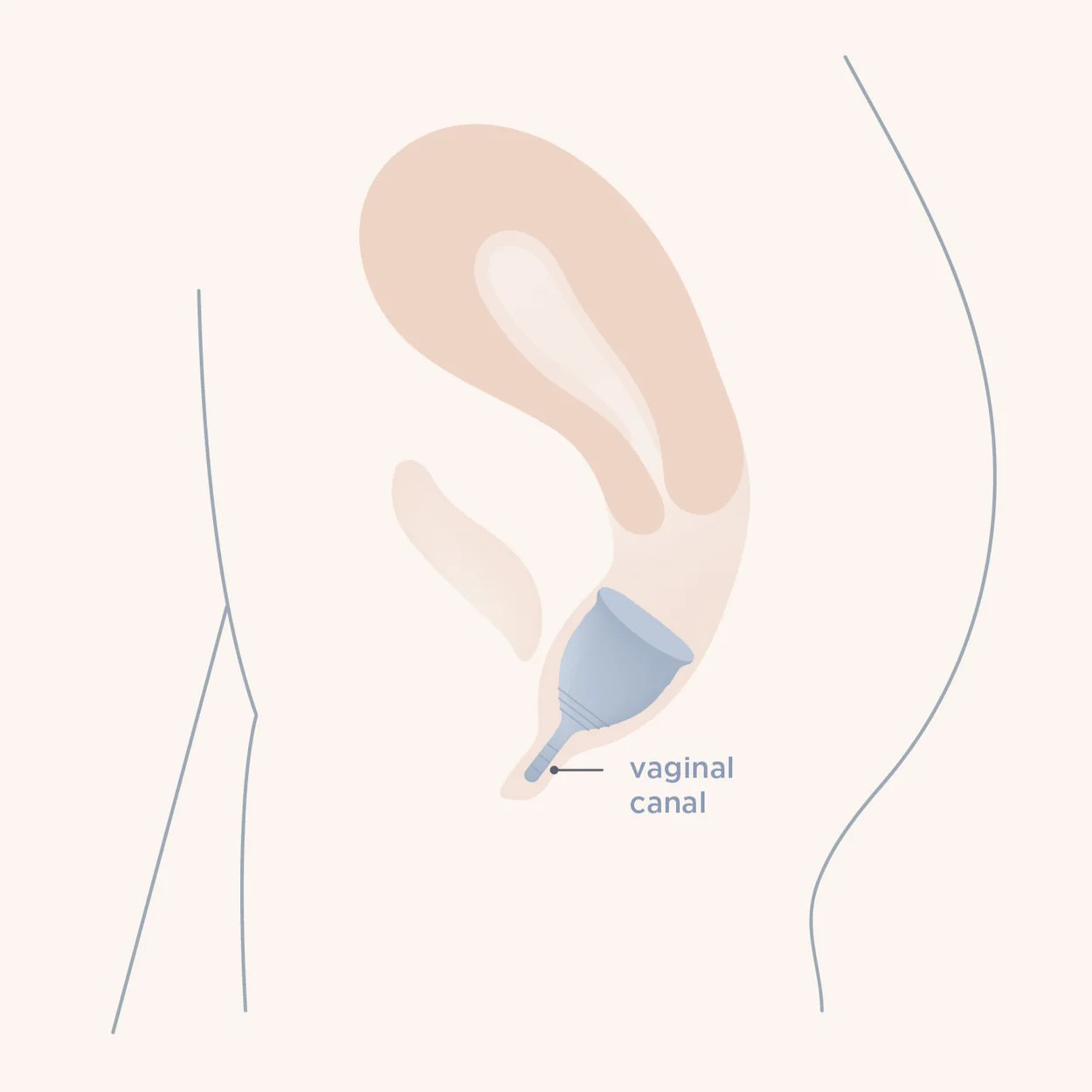
As for the latter, you don’t have to worry about the cup getting lost inside you because there’s only one entry and exit. At the “end” is the cervix, a tissue that connects the vagina to the uterus, where your period blood comes from. The blood exits out of the uterus, and instead of going through the vaginal walls and out to your pads, the menstrual cup inside catches the period blood. When you’re ready to remove the cup to dump the blood out, simply reach inside, break the vacuum seal, and carefully take the cup out.
Pros and Cons
Starting with the cons, it could get really bloody and messy. When the cup is full, it could potentially drop a lot of blood on the bathroom floor when you remove it. If you’re not quite confident about your removal technique, maybe stick to your bathroom at home. It’s also difficult to start out this journey. From inserting the cup, making sure the walls of the cup aren’t dented or folded inside, wondering if the position of the cup is right, and especially taking the cup out—it takes a few cycles to get used to the cup with the huge learning curve.
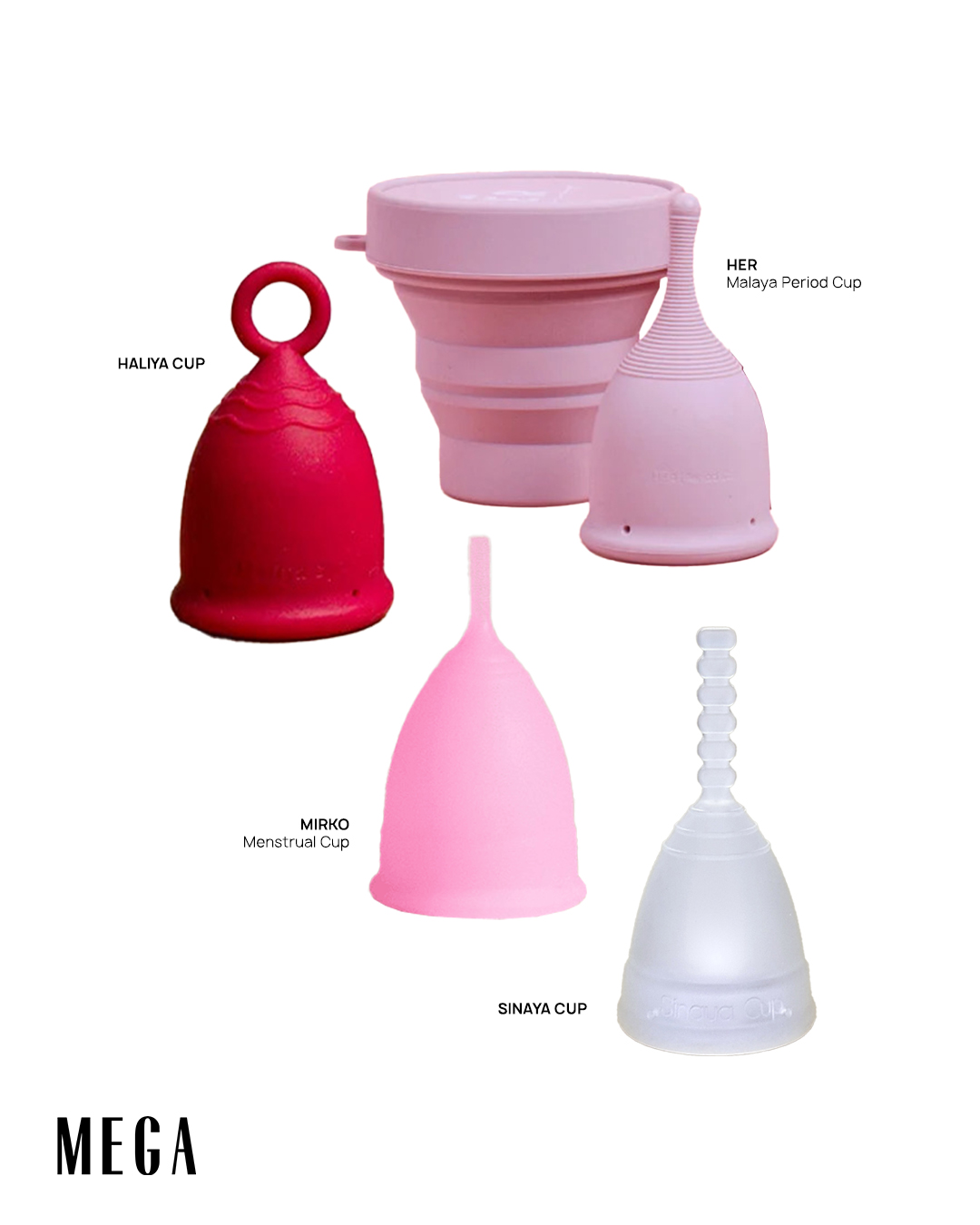
However, as a personal cup user in my fifth year, it’s a very rewarding experience. It’s incredibly comfortable as well. When inserted correctly, it wouldn’t feel like there’s a cup inside. Whether I’m just out for errands, with my friends, or even in the gym, it feels great that I don’t have to worry about the discomfort of the pad. Depending on your flow, you can go up to 12 hours with a menstrual cup without having to empty it, which is incredibly convenient, especially towards the end of the period cycle.
Options, Options, Options
The menstrual cup isn’t a one-size-fits-all kind of deal. There are a lot of factors to consider: cervical height, how heavy your flow is, and if you’ve given birth. Cervical height refers to the distance between the cervix and the vulva, which varies per person. You can measure this by inserting a finger down there until you feel the cervix, which feels like the tip of your nose. There are menstrual cups that accommodate your high cervix so you don’t have that big of trouble reaching for the end of the cup. And if you have a low cervix, there are also cups that are short enough.
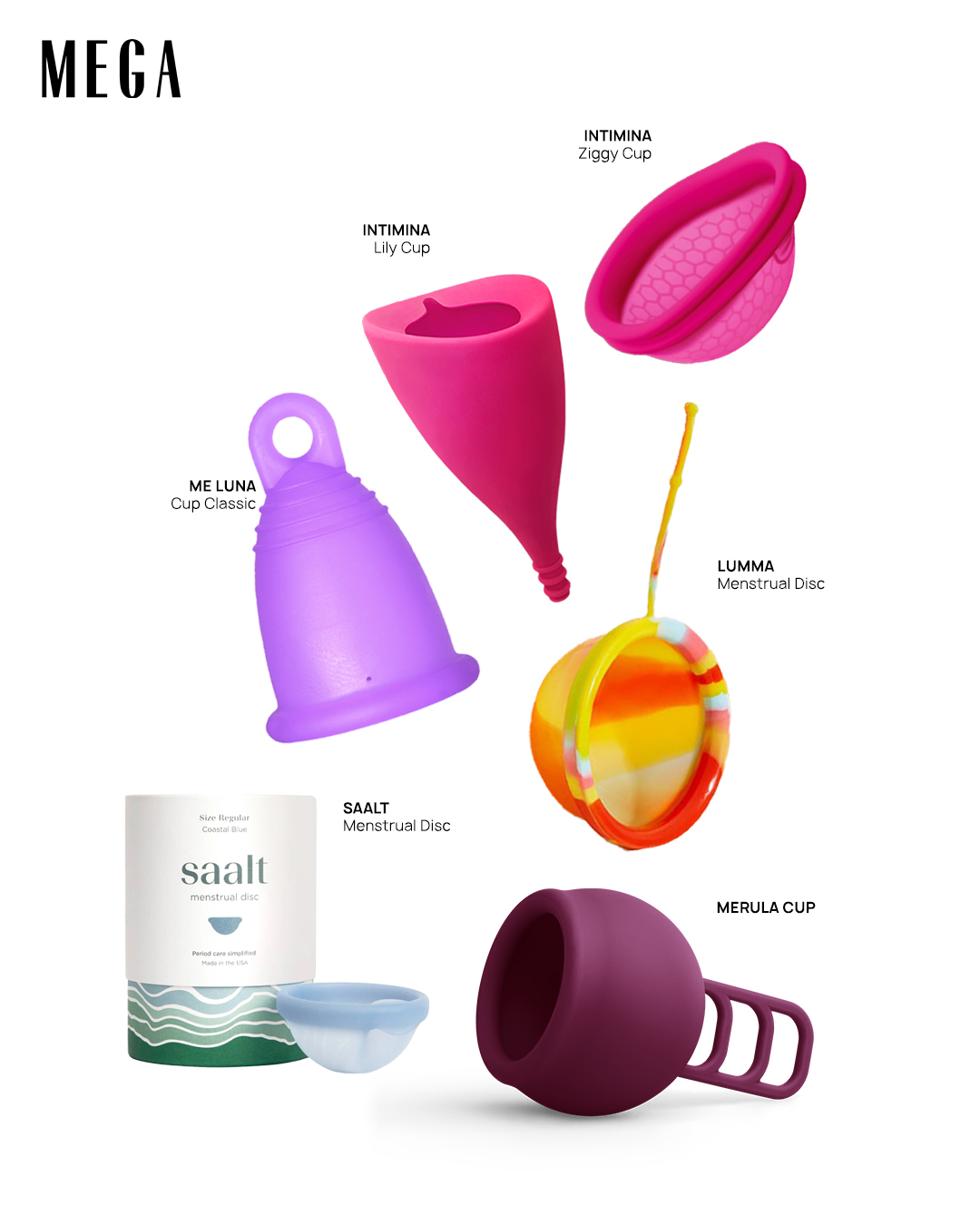
Luckily, there’s a quiz that could help you look for your own menstrual cup, taking in all the information that needs to be considered such as your active lifestyle. There are menstruators who also prefer a menstrual disc as this is also great for those with a low cervix. Should you find discomfort in the menstrual cup, perhaps you might find ease in the disc.
The Learning Curve
Whether you opt for the menstrual cup or the disc, it takes a few cycles to learn the ways of these. First and foremost, sterilize the cup with hot water. Once sterilized, it’s time to insert the cup. While it may seem daunting, don’t fret because it also took cup users several cycles to have their go-to cup fold during insertion. Personally, I found that the punch-down fold worked for me the best when I was still starting until I grew accustomed to the C-fold. Once inside, open the cup and ensure that the edges of the cup create a vacuum seal. If you feel the wall of the cup, there shouldn’t be any dents or folds. The vacuum seal ensures that there won’t be any leak so that the cup catches all the blood.
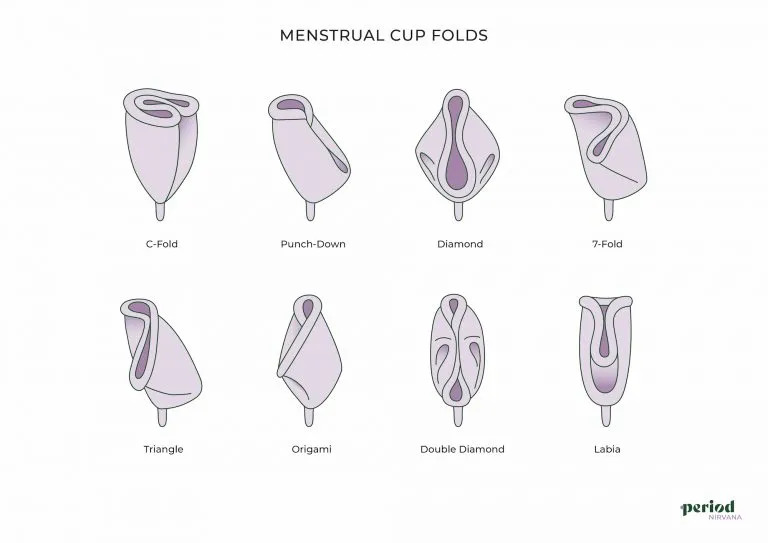
You got the cup in, and now it’s time to observe. With the proper insertion and placement, you shouldn’t feel anything—which is kind of a scary feeling. If you feel any discomfort, especially if there’s a feeling of being poked, one of the ways to relieve this is to trim the cup’s tail until you find it comfortable. Once satisfied, here comes the waiting game. It’s up to you how many times a day you’d like to check, but this is how you get to know your body, your cycle, and your flow. Just remember that they can stay inside your body up to 12 hours.
Getting the cup out is a different story than getting it in. The important thing to remember is to stay calm. Panic will cause muscle tension, which will make extracting the cup much harder. Don’t be afraid to bring your phone to the bathroom and play some music to calm yourself down. Insert a finger to break the vacuum seal created by the edge of the cup. Carefully, pinch the cup gently by the base and bring it down until it has exited. Dump the blood down the toilet, wash the cup with water, and insert it again. You’ve done it! When your cycle is done, don’t forget to sterilize your cup again and keep it in a dust-free environment for safekeeping until your next cycle.
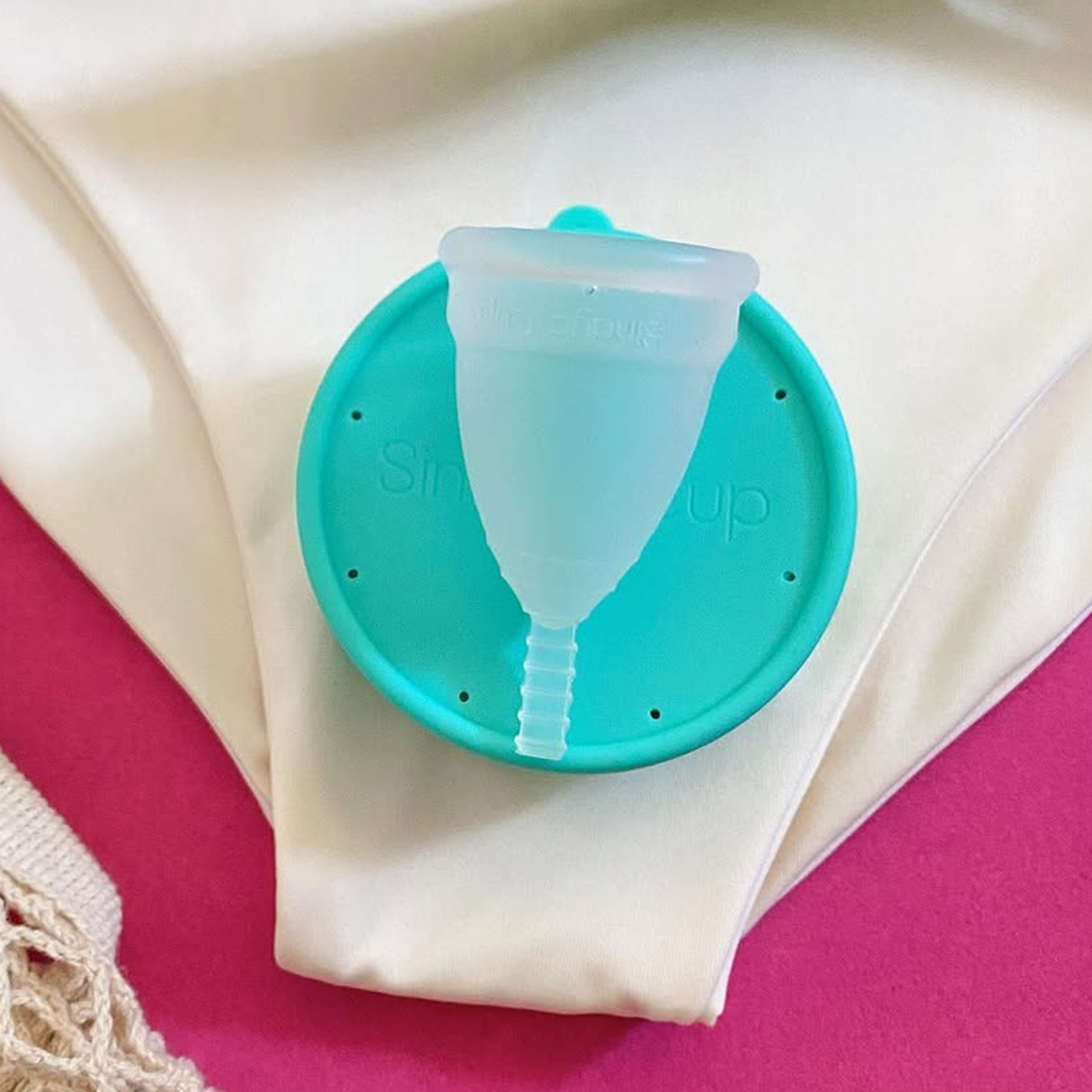
It’s perfectly fine if you don’t get it on your first try or if you’ve got some leaks sometimes. It takes a few cycles and a few cups to be accustomed to the menstrual cup! Take your time learning with it, and once you’ve found the sweet spot, there’s no going back to pads or tampons. With this eco-friendly alternative, you’re not only doing your sustainable part of taking care of the environment, but
Featured Image and Photos: SINAYA (via Instagram), SAALT (via Website)









